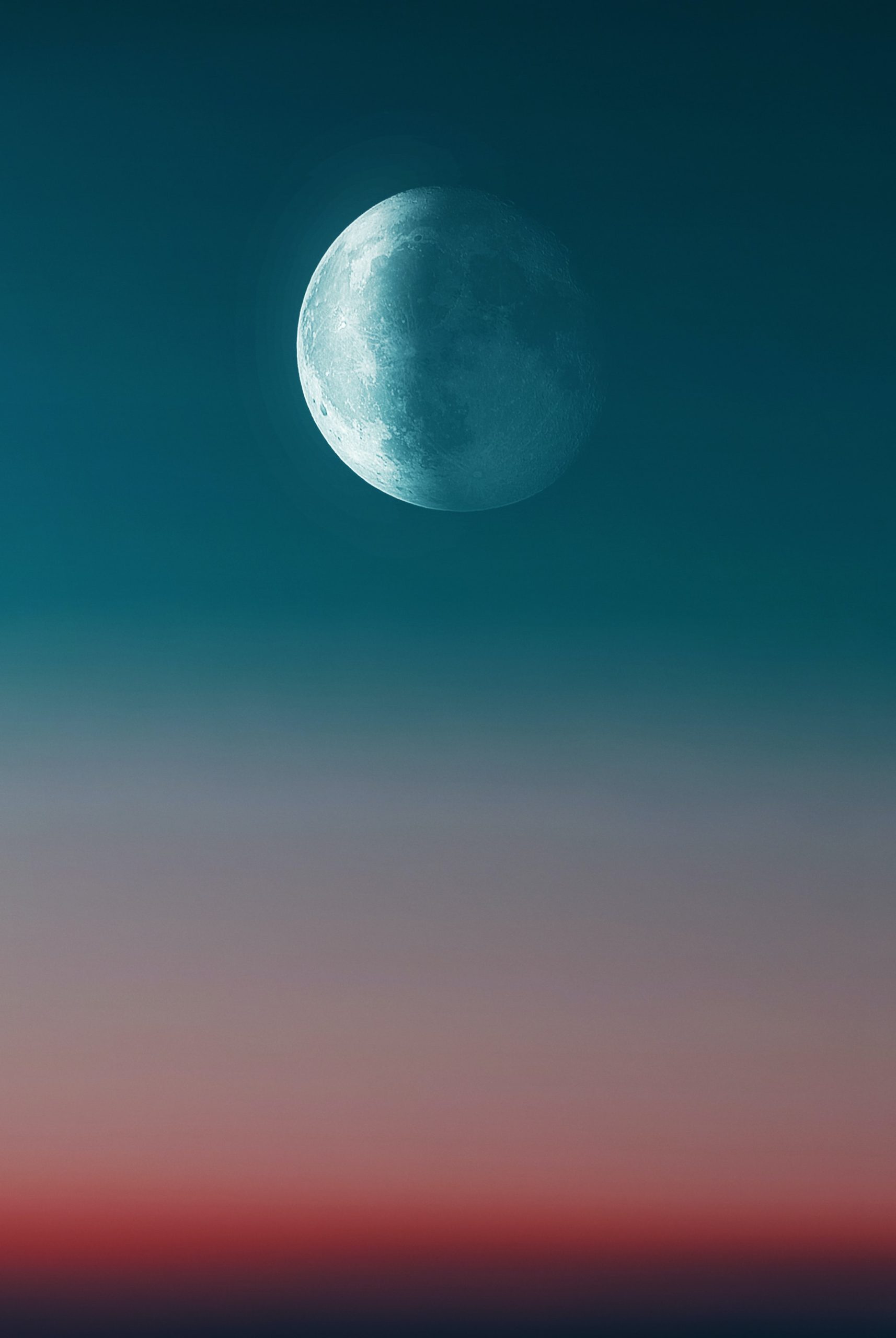Mayan Astrology: A Deep Dive into an Ancient Cosmic System
When it comes to astrology, many people are familiar with the twelve zodiac signs derived from Western astrology. However, there are other ancient astrological systems that have been practiced and revered by civilizations throughout history. One such system is Mayan astrology, which originated in Mesoamerica and has captivated the minds of scholars and curious individuals alike.
Table of Contents
- Origins of Mayan Astrology
- Components of Mayan Astrology
- The Tzolkin Calendar
- The Haab Calendar
- Interpreting Mayan Astrology
- Mayan Astrology Signs
- Popularity in Modern Times
Origins of Mayan Astrology
The ancient Maya civilization, known for their advancements in astronomy and elaborate calendrical systems, developed a unique and intricate form of astrology. The Maya believed that their destiny was determined by the celestial bodies and divine forces connected to them. Their astrology was deeply intertwined with their religious beliefs and rituals.
The origins of Mayan astrology can be traced back to around 2,000 BCE, during the Preclassic period. As the Maya civilization flourished, so did their understanding of the cosmos. They observed the movement of celestial bodies such as the sun, moon, planets, and constellations, seeking connections between these astral events and human experiences.
Mayan astrology was not just limited to predicting individual destinies but also played a crucial role in guiding the affairs of the state, determining the most auspicious time for ceremonies, and assisting in decision-making processes.
Components of Mayan Astrology
Mayan astrology comprises various elements that work together to create a comprehensive system:
- Calendar system
- Divination techniques
- Sacred symbols and glyphs
These components form the basis of Mayan astrological practices and provide insights into the characteristics, traits, and destinies of individuals.
The Tzolkin Calendar
The Tzolkin calendar is perhaps the most significant component of Mayan astrology. It is a 260-day sacred calendar that combines 13 numbers with 20 day signs. This interplay between numbers and signs creates a unique energy for each day.
The 20 day signs of the Tzolkin calendar are represented by symbolic glyphs, each associated with specific qualities and attributes. These signs range from elements of nature such as animals and plants to abstract concepts such as jaguar and rain.
According to Mayan belief, individuals are assigned a specific day sign at birth, which influences their personality and spiritual path. Understanding one’s day sign can provide valuable insights into personal strengths, challenges, and overall life purpose.
The Haab Calendar
In addition to the Tzolkin calendar, Mayan astrology also incorporates the Haab calendar, which functions as a solar calendar. The Haab consists of 18 months, each containing 20 days, totaling 360 days. To account for the extra days in a solar year, the Mayans added a five-day period called “Wayeb” at the end of the calendar.
The Haab calendar provides a broader perspective and helps determine various astrological aspects related to agriculture, seasonal changes, and societal events. Unlike the Tzolkin, the Haab does not assign specific day signs to individuals but rather provides a framework for understanding broader influences on a collective level.
Interpreting Mayan Astrology
Interpreting Mayan astrology involves a deep understanding of the symbolic meanings associated with the day signs and their positions within the calendar systems. Mayan astrologers, known as Ajq’ijab, are trained to decipher and interpret the energies that correspond to each day and individual.
Divination techniques, such as the use of sacred objects or ritual ceremonies, are often employed to gain further insights into an individual’s destiny or to address specific questions and concerns. The Ajq’ijab possess the knowledge and wisdom needed to guide and advise individuals based on their astrological charts and divine messages received during these practices.
Mayan Astrology Signs
The 20 day signs of the Tzolkin calendar represent distinct personalities and characteristics. Here are some of the prominent Mayan astrology signs:
| Day Sign | Symbolic Glyph | Personality Traits |
|---|---|---|
| Jaguar | 🐆 | Courageous, intense, and fiercely independent |
| Eagle | 🦅 | Visionary, perceptive, and spiritually inclined |
| Seed | 🌱 | Nurturing, creative, and growth-oriented |
| Serpent | 🐍 | Wise, transformative, and connected to ancient wisdom |
These are just a few examples, and each sign holds a depth of symbolic meaning that contributes to the rich tapestry of Mayan astrology.
Popularity in Modern Times
Though the ancient Maya civilization faced decline and eventual collapse, the profound knowledge and wisdom of their astrology system have not been lost. In modern times, there has been a resurgence of interest in Mayan astrology, with individuals seeking alternative approaches to understand themselves and their place in the universe.
Enthusiasts and practitioners of Mayan astrology have adapted its principles to align with contemporary perspectives and have integrated it into spiritual practices worldwide. Many find that Mayan astrology offers unique insights that complement and expand their understanding of themselves and the world around them.
The accessibility of information and the proliferation of digital platforms have played a significant role in spreading awareness about Mayan astrology. Online resources, workshops, and books have made it easier for individuals to explore and learn this ancient cosmic system.
As we delve deeper into the mysteries of Mayan astrology, we discover the remarkable connection between the celestial realm and our earthly experiences. Mayan astrology offers a profound lens through which we can uncover our individual destinies, gain deeper insights into our strengths and challenges, and experience a greater sense of cosmic harmony.
So, why not embark on a journey into the realm of Mayan astrology and unlock the secrets of this ancient wisdom that has withstood the test of time?
Table of Contents
